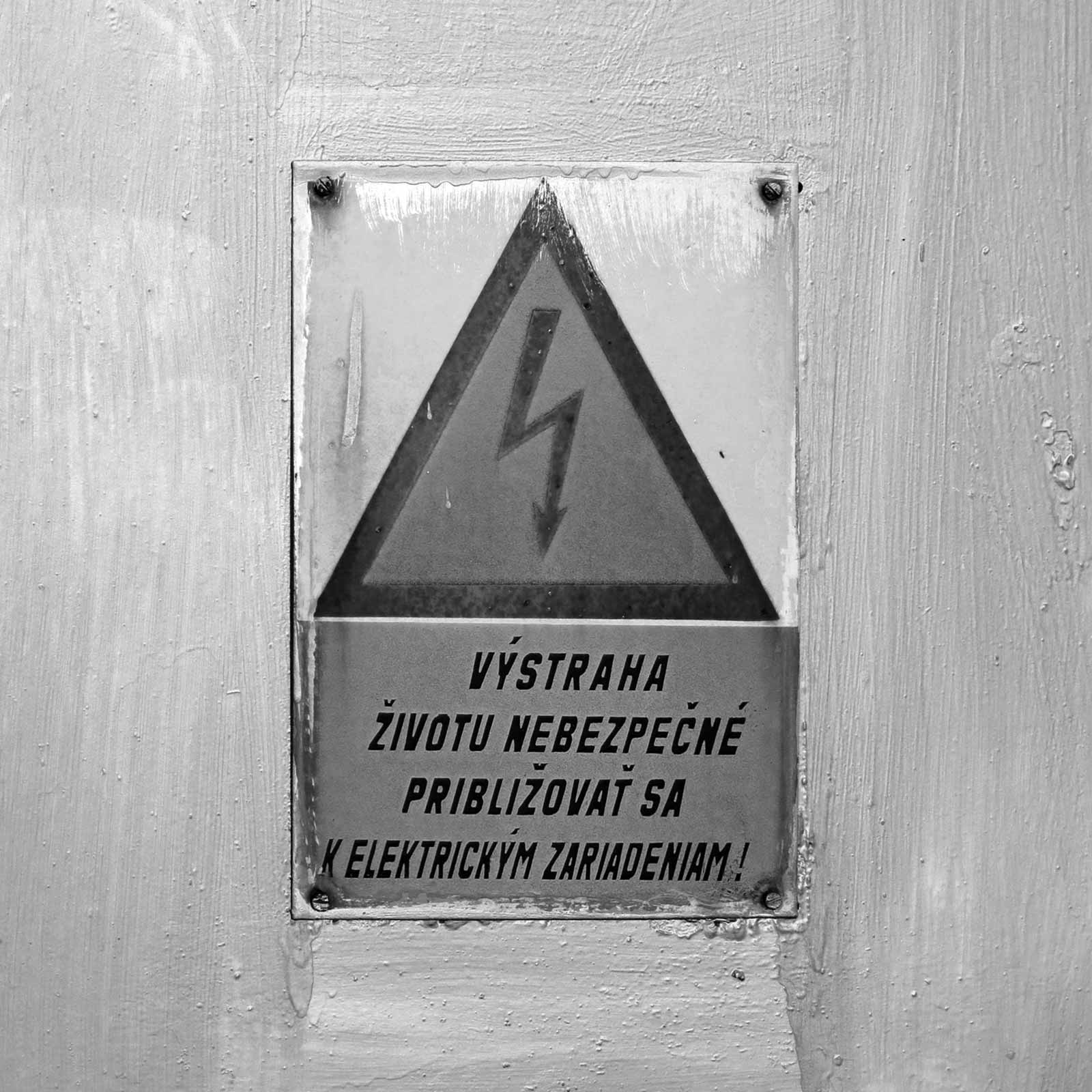- ManualPozorRound
-
200a300a400a500a600a800a900a






-
CmBold
-
-
Landform
Classification
MethodsRegular -
Light
-
Mystery
of TimeThin -
N7Ultra
- Thin 24 px
Une planète exoplanète est une planète en dehors du système solaire. La première confirmation de détection a eu lieu en 1992. Au 1er octobre 2022, il y avait 5 197 exoplanètes confirmées dans 3 833 systèmes planétaires, avec 840 systèmes ayant plus d'une planète. Des réclamations de détections d'exoplanètes ont été faites depuis le XIXe siècle. Certaines des plus anciennes impliquent l'étoile binaire 70 Ophiuchi. En 1855, William Stephen Jacob, de l'observatoire de Madras de la Compagnie des Indes orientales, rapporta que des anomalies orbitales rendaient «très probable» la présence d'un «corps planétaire» dans ce système.
Black 24 pxUne planète exoplanète est une planète en dehors du système solaire. La première confirmation de détection a eu lieu en 1992. Au 1er octobre 2022, il y avait 5 197 exoplanètes confirmées dans 3 833 systèmes planétaires, avec 840 systèmes ayant plus d'une planète. Des réclamations de détections d'exoplanètes ont été faites depuis le XIXe siècle. Certaines des plus anciennes impliquent l'étoile binaire 70 Ophiuchi. En 1855, William Stephen Jacob, de l'observatoire de Madras de la Compagnie des Indes orientales, rapporta que des anomalies orbitales rendaient «très probable» la présence d'un «corps planétaire» dans ce système.
-
Power
&
PoiseBold 
- Regular 16 px
Un planeta exoplaneta es un planeta fuera del Sistema Solar. La primera confirmación de detección ocurrió en 1992. Al 1 de octubre de 2022, hay 5197 exoplanetas confirmados en 3833 sistemas planetarios, con 840 sistemas que tienen más de un planeta. Las afirmaciones de detecciones de exoplanetas se han hecho desde el siglo XIX. Algunos de los primeros involucran a la estrella binaria 70 Ophiuchi. En 1855, William Stephen Jacob, del Observatorio de Madrás de la Compañía de las Indias Orientales, informó que las anomalías orbitales hacían "altamente probable" que hubiera un "cuerpo planetario" en este sistema.
Bold 16 pxUn planeta exoplaneta es un planeta fuera del Sistema Solar. La primera confirmación de detección ocurrió en 1992. Al 1 de octubre de 2022, hay 5197 exoplanetas confirmados en 3833 sistemas planetarios, con 840 sistemas que tienen más de un planeta. Las afirmaciones de detecciones de exoplanetas se han hecho desde el siglo XIX. Algunos de los primeros involucran a la estrella binaria 70 Ophiuchi. En 1855, William Stephen Jacob, del Observatorio de Madrás de la Compañía de las Indias Orientales, informó que las anomalías orbitales hacían "altamente probable" que hubiera un "cuerpo planetario" en este sistema.
-
In the labyrinth of forgotten memories, holographic ghosts chant the dirge of lost civilizations.
Black 50 px -
P10Medium



- 200Thin300Light400Regular500Medium600Bold800Black900Ultra

- 900 UltraThe Cardinalis200 ThinNew Ornithology Studies800 BlackWide Diversity of Avian Species300 LightBirds represent a remarkable and diverse group in
the animal kingdom. Ornithology, the study of birds,
has provided invaluable insights into these fascinating
creatures and their intricate behaviors. 
- Light 23 px
Un planeta exoplaneta es un planeta fuera del Sistema Solar. La primera confirmación de detección ocurrió en 1992. Al 1 de octubre de 2022, hay 5197 exoplanetas confirmados en 3833 sistemas planetarios, con 840 sistemas que tienen más de un planeta. Las afirmaciones de detecciones de exoplanetas se han hecho desde el siglo XIX. Algunos de los primeros involucran a la estrella binaria 70 Ophiuchi. En 1855, William Stephen Jacob, del Observatorio de Madrás de la Compañía de las Indias Orientales, informó que las anomalías orbitales hacían "altamente probable" que hubiera un "cuerpo planetario" en este sistema.
Medium 23 pxUn planeta exoplaneta es un planeta fuera del Sistema Solar. La primera confirmación de detección ocurrió en 1992. Al 1 de octubre de 2022, hay 5197 exoplanetas confirmados en 3833 sistemas planetarios, con 840 sistemas que tienen más de un planeta. Las afirmaciones de detecciones de exoplanetas se han hecho desde el siglo XIX. Algunos de los primeros involucran a la estrella binaria 70 Ophiuchi. En 1855, William Stephen Jacob, del Observatorio de Madrás de la Compañía de las Indias Orientales, informó que las anomalías orbitales hacían "altamente probable" que hubiera un "cuerpo planetario" en este sistema.
- 200 ThinTheoretical300 LightTheoretical400 RegularTheoretical500 MediumTheoretical600 BoldTheoretical800 BlackTheoretical900 UltraTheoretical
O písme
Písmo výstražných tabúľ tak, ako bolo vypálené v smalte.
Písmo Manual Pozor Round je digitalizáciou písma z výstražných tabuliek. Je naklonenou verziou písma Manual Grotesk B s mierne väčším polomerom oblúkov.
Kolmé a naklonené verzie písiem Manual Grotesk sa nikdy nepoužívali súčasne na jednej tabuľke – kolmý Manual Grotesk slúžil výlučne na označovanie ulíc a budov a jeho naklonený variant výlučne na výstražné tabuľky.
Keďže tieto tabuľky obsahovali viac textu, v procese smaltovania sa detaily a ostré rohy drobných písmen pekne zalievali. Písmo Manual Pozor Round svojimi zaoblenými rohmi a zaliatymi spojeniami ťahov zachytáva pôvodné písmo tak, akoby práve vyšlo zo smaltovacej pece.
| Štýly: | 7 |
| Bloky: | Základná latinka, Rozšírená latinka |
| Jazyky: | 100 |
| Znaky: | 237 |
| Číslice: | Proporčné zarovnané (Základné) |
| Verzia: | 1.0 |
| Copyright: | Manual Pozor Round, Ondrej Jób © 2018. Všetky práva vyhradené. |
| Dátum vydania: | 30. jún 2018 |